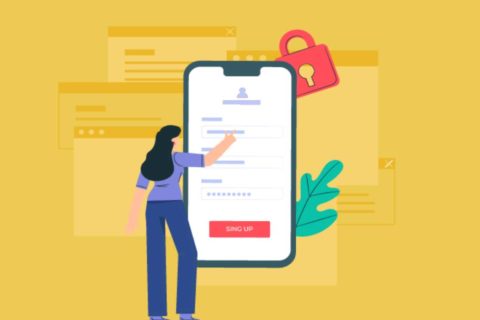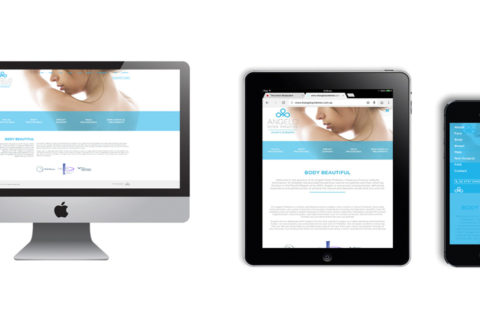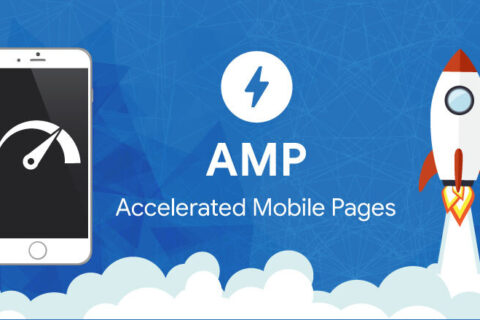Mobile analytics is a sea full of fishes (numbers) that you may want to reel out sooner or later. Although, apparently this sea is not full of fishes meant for all kinds of fishermen. So for you, the first thing you need to decide is what kind of fisherman are you, determining what kind of fish you need to reel out.

Targeted statistics are generally more accurate and useable as compared to cluster of numeric information that may not lead to incisive-decision making. As far as any business is concerned, growth is the ultimate motive, and of course, only the right decisions help you sustain the competition.
Mobile devices are taking over the internet from desktop devices, and mobile apps are taking over user engagement from over websites. If your traffic is coming to your mobile app, you ought to make sure your analytics team makes those numbers count.

Google Analytics lets you combine marketing data from Adwords, AdMob, Google Play and App Store and understand how users engage with your app. The data can offer insights about your audience and help you better target your ads.
By including analytics tracking coding you can analyse each user’s interaction actively using your app. This is referred to as a session, Google Analytics then processes each session to create various reports about user behavior. Using all of these tools together can help you promote your app to new users, measure user behavior and better understand the performance of your marketing and advertising.

Google analytics can help you which monetization model is right for you!
There are three kinds of monetization model
- Paid App downloads
- In-app purchases
- In-app ads
More than 90% of the apps today are free, however in many key markets, in-app ads constitute for more than 60% of the total app revenue which is set to grow even more till the end of this year. In 2017, the mobile app advertising market is expected to grow up to 62 billion dollars. Showing the right ad at the the right time is crucially important.

What Google AdMobs does is, with the help of one of the best machine learning in the world, it can make logical prediction based to user behavior as to exactly who and how many of your total user-base is bound to make an in-app purchase and who is more likely to engage in non-payable facilities of your app.
The tip is to build a wall around them and only show them in-app purchase promotion and not disrupt their app-experience by showing them ads.For those wanting to engage in free facilities , we can show them the right ads at the right time that are going to monetize the best for those users.
Here, the idea is hybridize In-app purchases with in-app ads, not only focusing on any one.
The coming together of Google Analytics and Google AdMobs well integrated into one package is tremendously helpful to app-developers and users alike. Through this integration, app-developers can indulge in and take benefits of Custom Audience Targeting while the users get the value they chose or chose not to, pay for.

Google analytics to know where your Revenue is being blocked.
A roadblock to revenue could be anything from a design issue or an issue with the registration process. Removing these roadblocks you, you can more efficiently monetize your users. You can compare monetized and non-monetized users by analyzing screen report. Google Analytic or AdMob can help you see if there is a higher exit point on a particular screen. This could indicate that there is some roadblock in the screen like an extra challenging game level . or a technical issue in the game process.
You can analyse through event tracking whether non-monetized users are leaving your app after specific interaction. You can efficiently focus on such a screen with user-focused monetization-driven ads. Device report allows you to see if there is some technical issue with your app on a specific device or operating system.

Crashlytics & Fabric.io

Fabric.io is a twitter owned analytics application integrating 3 mobile app based products one of them being Crashlytics. Crashlytics analyses and reports the details of crashes in your app across you entire user base. These statistics are real time and includes details such as- exactly which line of your code has a bug that needs to be fixed to deal with in order to deal with the crash situation. Crashlytics allows you to analyse crash data down to a specific user being tracked with a user tracking id. Being a mobile app developer, stability should the main concern.

Fabric allows you to do some amazing things, leverage the power of identity, take advantage of distribution channel, monetize your user base all of these things are on top of your apps foundation if your apps foundation is not stable it is incredibly difficult to be successful.
Crashlytics can help you further access possible roadblock to your revenue. Crashlytics data is automatically sent to your reports. You can also analyse how much monetary loss are these ‘crashes’ are causing you.




